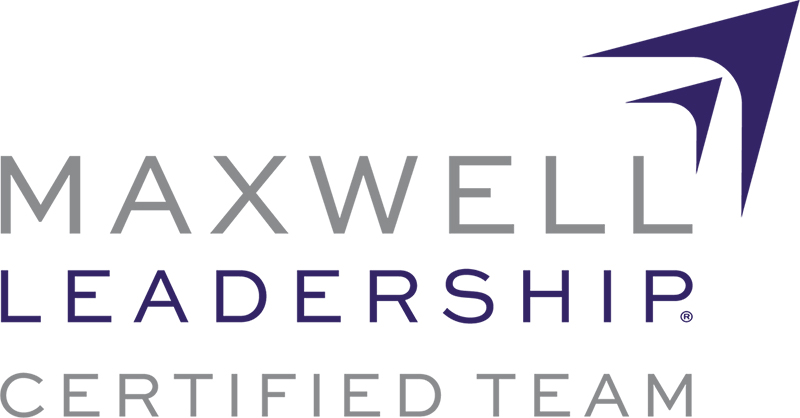Using Math and Geometry in Your Leadership Approach
In John Maxwell’s quintessential classic, The 21 Irrefutable Laws of Success, 10th Anniversary Edition, there are two sentences on page 252 that just walloped me upside the head when I read them. They are:
“Leaders who attract followers … impact only people they touch.”
“Leaders who develop leaders … impact people beyond their reach.”
By the time the reader has gotten to this page in the 21 chapter book, they’ve already gone through much math and science, having studied The Law of Addition, The Law of Navigation, The Laws of Intuition, Magnetism, Timing and Momentum, among more than a dozen others. As I read – and have subsequently re-read the book, each next chapter became my favorite. Each chapter built on the previous in a crescendo of words and principles designed to help me become a better leader.
What I didn’t expect was a math lesson. But I got one. Second to the last chapter: The Law of Explosive Growth – to add growth, lead followers; to multiply, lead leaders. It makes sense, right?
If, as leaders, all we’re doing is creating a cadre of “yes men” robotically nodding their heads in agreement with us and doing our bidding, we’re doing ourselves and our followers a disservice. A better way is to move forward with “leaders’ math.”
I served as Press Secretary to former Nevada Attorney General, Frankie Sue Del Papa. She often told me that a person’s greatest weakness can also be a strength. “Impatience,” she said, “is a weakness of mine. I want to get everything done and I don’t want to wait for it. I’ve got many plans to carry out. I don’t have time to wait for slow or indecisive people. While that can be a weakness, it’s also a strength in that I get much done, I move things through a process and I bring others along with me.” Now THAT’s math: both sides of the equation are equal.
Leaders tend to be impatient and often move quickly, making decisions based on a minimum amount of information and adding in gut feelings as well. It is said that General Colin Powell often gathered only 40-60% of the information that can be obtained and then used his experience to make up the difference while making decisions. In other words, he acted quickly with intuition playing a large percentage in the decision making process. That’s new math.
When we apply leaders’ math, it’s evident we can add value and multiply teams by developing leaders. By taking the time to assist our followers to become better leaders themselves, we leverage time and human resources, leveraging others’ creativity, initiative and resources to accomplish the task at hand. Addition is a math principle. Multiplication is a math principle. Leverage is a math principle. Here’s the math lesson I learned:
Linear leaders grow one by one, follower by follower in a straight line. Geometric leaders grow exponentially, one by many, building a solid foundation and teaching others to develop and duplicate leadership to even more people. With focus on strengths, developing the top 20%, investing time with others and more, the entire organization grows exponentially and grows by multiplication.
When we invest our human energy in explosive, exponential growth and the development of leaders, we’ll end up with compound interest, a greater growth rate and a higher dividend. Now that’s leaders’ math!
About the Author
 Misty Young, known as The Restaurant Lady, is board chair of Squeeze In Franchising, LLC. She is also an appointed member of The John Maxwell Team’s President’s Advisory Council. Misty has been married to Gary Young for almost 35 years and is a grandmother of three.
Misty Young, known as The Restaurant Lady, is board chair of Squeeze In Franchising, LLC. She is also an appointed member of The John Maxwell Team’s President’s Advisory Council. Misty has been married to Gary Young for almost 35 years and is a grandmother of three.
Contact Misty at: www.johnmaxwellgroup.com/mistyyoung
